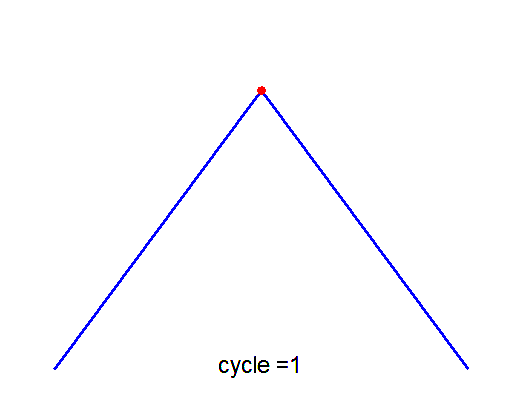 With Eric Lauga, I studied theoretically swimming strategies of microorganisms. Purcell’s (1977) scallop theorem precludes a reciprocal swimmer (such as a one-hinged scallop) from propelling itself at zero Reynolds number. How much inertia is necessary to overcome this constraint? Previous studies had described the breakdown of the scallop theorem with fluid inertia. Here we studied the effect of particle inertia and demonstrate that reciprocal, dense swimmers are able to propel themselves even in the absence of fluid inertia. This result is of relevance for the change of swimming strategies of small organisms as they grow in size, such as the sea butterfly (Clione antarctica).
With Eric Lauga, I studied theoretically swimming strategies of microorganisms. Purcell’s (1977) scallop theorem precludes a reciprocal swimmer (such as a one-hinged scallop) from propelling itself at zero Reynolds number. How much inertia is necessary to overcome this constraint? Previous studies had described the breakdown of the scallop theorem with fluid inertia. Here we studied the effect of particle inertia and demonstrate that reciprocal, dense swimmers are able to propel themselves even in the absence of fluid inertia. This result is of relevance for the change of swimming strategies of small organisms as they grow in size, such as the sea butterfly (Clione antarctica).